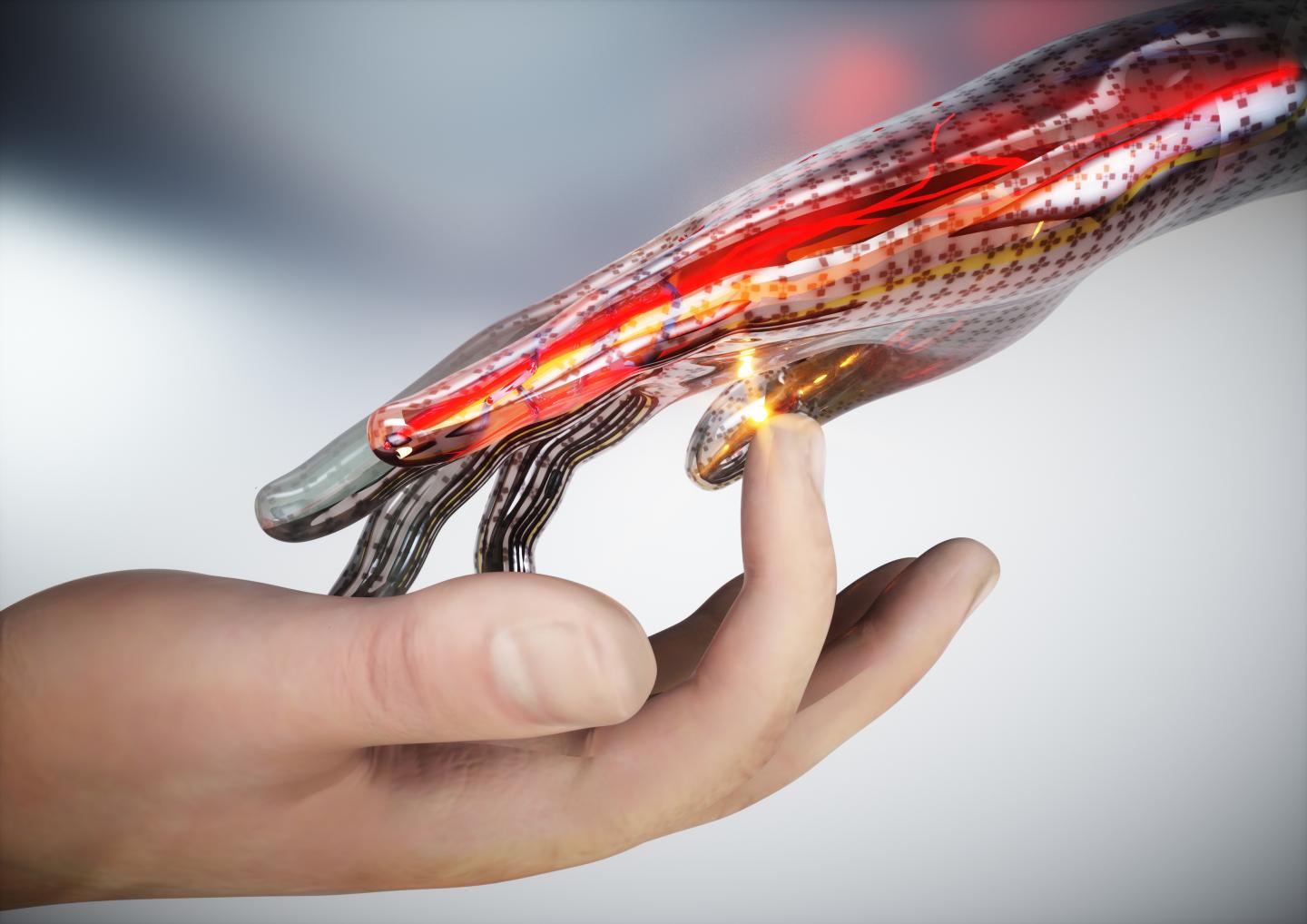New electronic skin can react to pain like human skin
2. 9. 2020 | RMIT University | www.rmit.edu.au
Researchers have developed electronic artificial skin that reacts to pain just like real skin, opening the way to better prosthetics, smarter robotics and non-invasive alternatives to skin grafts. The prototype device developed by a team at RMIT University in Melbourne, Australia, can electronically replicate the way human skin senses pain.
The device mimics the body's near-instant feedback response and can react to painful sensations with the same lighting speed that nerve signals travel to the brain. Lead researcher Professor Madhu Bhaskaran said the pain-sensing prototype was a significant advance towards next-generation biomedical technologies and intelligent robotics.

"It's a critical step forward in the future development of the sophisticated feedback systems that we need to deliver truly smart prosthetics and intelligent robotics," Bhaskaran said. As well as the pain-sensing prototype, the research team has also developed devices using stretchable electronics that can sense and respond to changes in temperature and pressure.
Read more at RMIT University
Image Credit: RMIT University
-jk-




